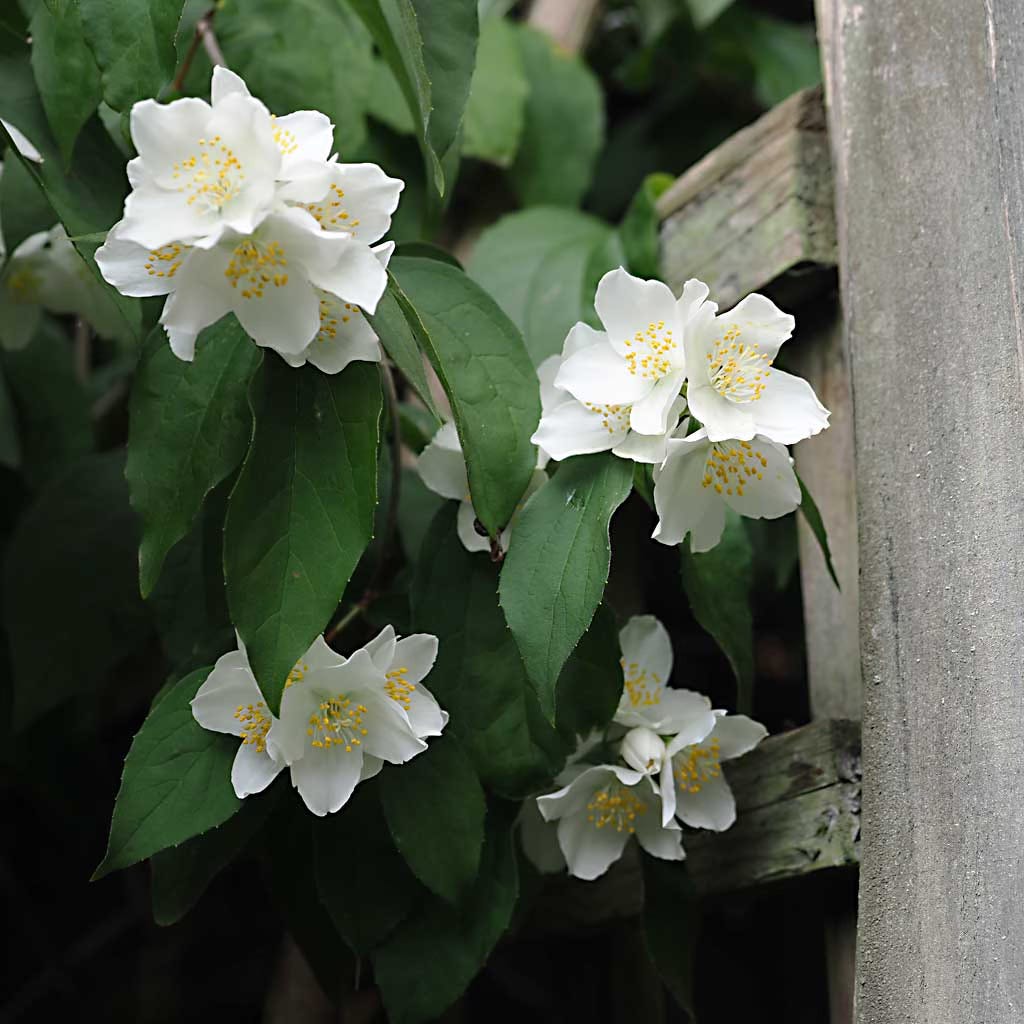It’s not that I’m violently opposed to the notion of garden rooms. If someone finds it helpful to think of the garden as the outdoor room, or smaller units within their garden as individual rooms, then good for them. It just doesn’t work for me, that’s all. To my mind, there’s something so intrinsically different about the indoors and the outdoors that my head can’t quite do the mental maths necessary to make such a metaphor click. Admittedly there are principles of visual design that work as well for interior designers as they do for garden designers, but then they’ll almost certainly be quite useful for fashion designers and automotive designers, and I don’t hear anyone referring to their garden as a wardrobe or a garage. Outside is outside and inside...well, isn’t, and I’ll tell you one of the reasons for why. Once you’ve chosen your wallpaper and decorated your living room, positioned your sofa, tables and lamps and arranged your scatter cushions, you don’t expect those elements to start wandering about of their own accord, getting bigger when it rains, or dropping bits all over the carpet when autumn rolls around. With the exception of those tenets of design already mentioned, in and out are governed by a completely different set of rules. For starters, a room has a ceiling, typically – unless it’s the Sistine Chapel – its most featureless expanse; a garden has the sky – Hamlet’s “most excellent canopy...fretted with golden fire”. But here’s the clincher: outside has things living in it, whereas inside, this is very much frowned upon (I’m excluding resident humans and pets, who move about freely indoors and out. Unless they’re fish). It’s undeniably the case that even the most sterile outside space has a wealth of biodiversity to which an indoor room’s only answer is a houseplant or two, with maybe small populations of mealybugs and dust mites thrown in.
Keep reading with a 7-day free trial
Subscribe to Bramble & Briar to keep reading this post and get 7 days of free access to the full post archives.





